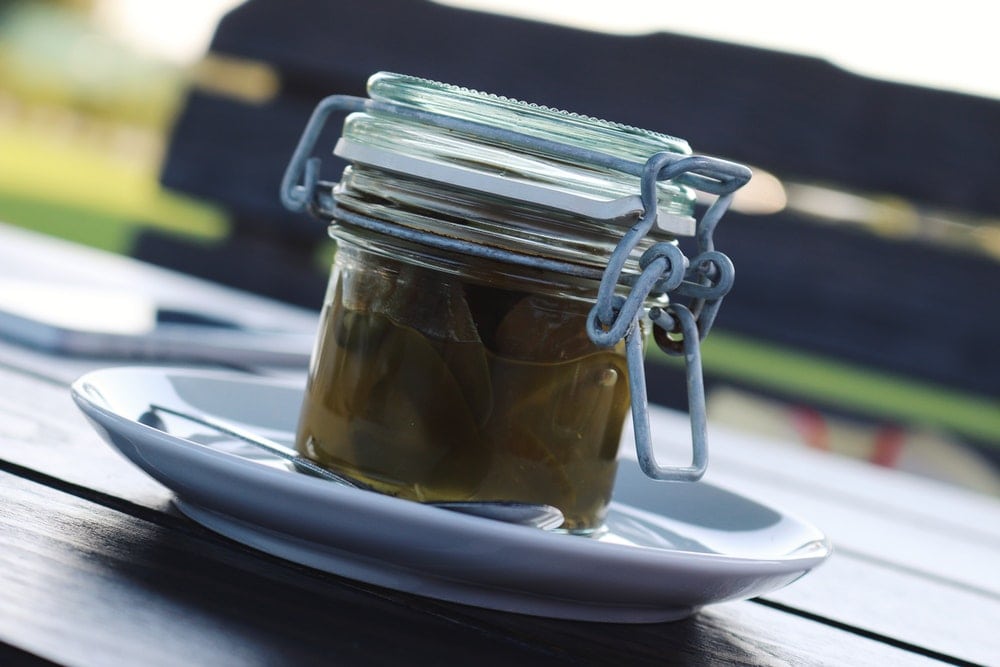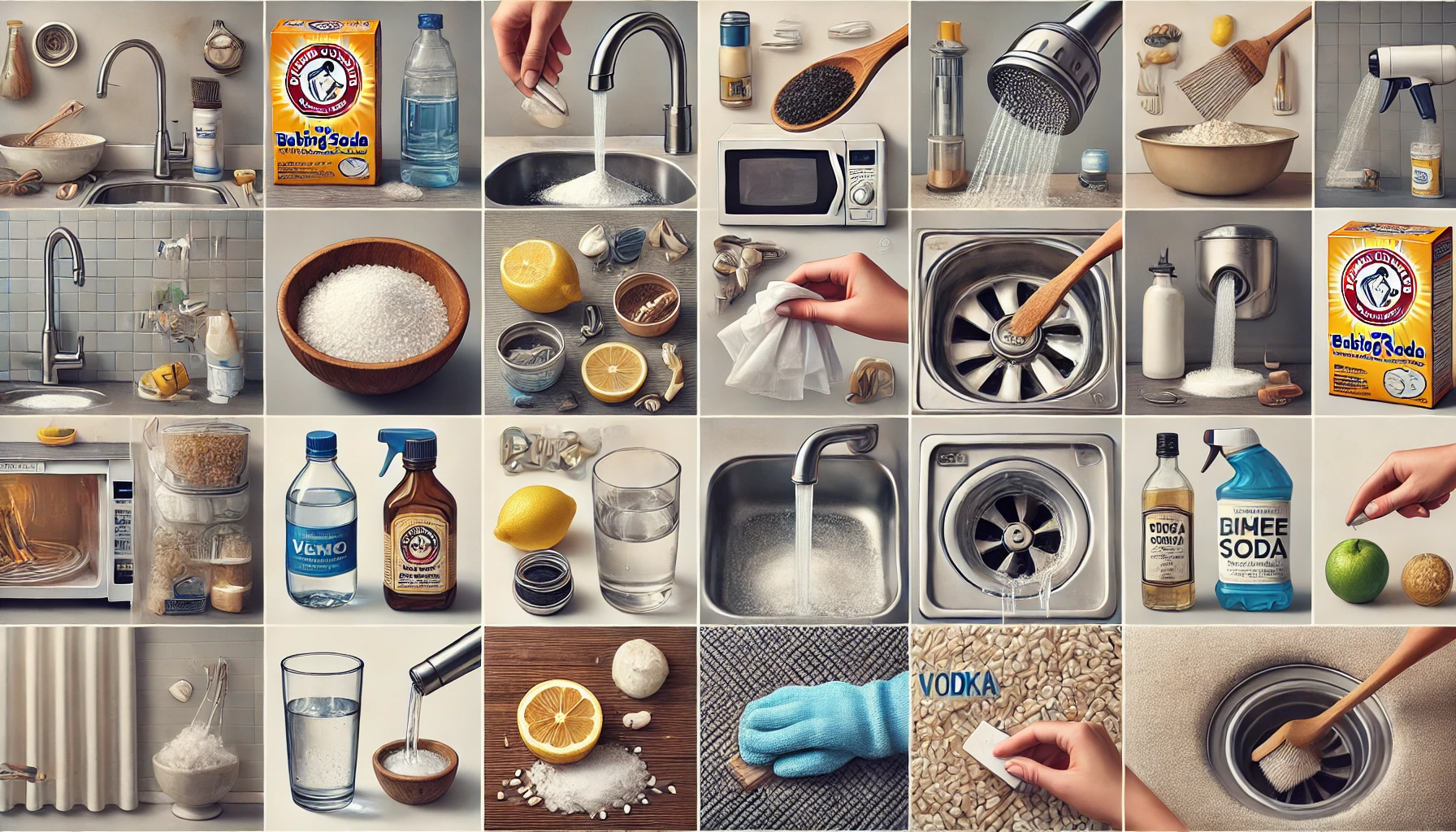Pickles are a well-known food, but pickling doesn’t only involve cucumbers. It’s actually a technique to preserve food that has been used for decades. All you need to pickle something are veggies, vinegar, and some spices. The seasoning is a way to make every batch taste a little different. You can create the perfect pickled veggies according to your taste as well. You can make it sweet, sour, or even spicy.
To get the perfect pickle, it’s best to create an environment that kills harmful bacteria, but still keeps the vegetable’s crunchiness and taste. A one to one ratio of water to vinegar is what keeps the vegetables tasty and crisp but still preserves them. Pickling in the fridge is the quickest and easiest way to make toppings for any food. Pickled tomatillos are great for Mexican food, pickled peppers are great for salads, and don’t forget about the original pickles for sandwiches.

The science behind it
The trick is about the acidity of the vegetables. Pickling involves bringing the pH of the veggies below 4,5 which kills off bacteria responsible for food rotting. The vinegar is absorbed into the veggies in place of the water which is how the pH is affected. The process of pickling takes about a month, but the taste actually gets stronger over time- making it the easiest food to keep overtime.
Preparing the veggies
The first step is prepping the vegetables. This involves chopping them. The general rule is chopping them in the way they will be preserved. If the pickles are going to be used in salads, julienning them is best. Cubing them is great if you are going to use the pickled veggies in cooked food. For sandwiches, slicing the veggies is best. Some vegetables should also be blanched first for a successful pickle. Beets, beans, carrots, and brussel sprouts should all be blanched. Then, divide the veggies into jars. The jar should be about two thirds full of vegetables.
Adding flavor
Fresh or dried herbs work about the same for this step. It’s all about preference. About half a teaspoon per flavoring is good. Celery seeds give a mild spicy twist. Dried chilli peppers give medium to hot flavor. Cumin, dill, and tumeric all add a curry-like flavor. For fresh flavorings, shallots, dill, and ginger are all great. The brine also adds loads of flavor. A sour brine includes 3 cups of water, 3 cups of vinegar, two and a half tablespoons of salt, and two tablespoons of sugar. Bring this to boil in a saucepan until the salt dissolves. A sweet brine involves 3 cups of water, 3 cups of vinegar, one and a half cups of sugar, and 1 teaspoon of salt. Bring it to the boil, and let the sugar dissolve. All that’s left is to let it cool, then pour it onto the veggies.

Some Tips
For a simple recipe like this, ingredients are everything. The water is important too. Most water will work great, but hard water will disturb the pickling process and discolor the veggies. Rather used purified water. Different kinds of vinegar bring different flavors and strengths. For long term preservation, the vinegar must be at least 5 percent acetic acid. The vinegar to water ratio is what is most important, so get that right before changing up ingredients. The salt also matters. The best option is to use pure sea salt specifically labeled for pickling. When you have all these ingredients, go wild and get your creative chef skills flowing!










